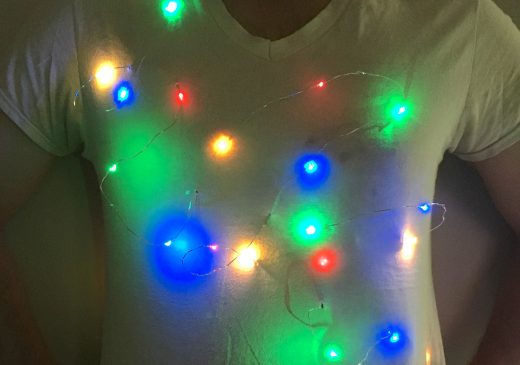Yayoi Kusama (artist)
Yayoi Kusama was born in Matsumoto, Japan in 1929. She had little formal...
view artistIn this lesson students will create their own light container using light and color and make connections with Yayoi Kusama’s Light of Life.
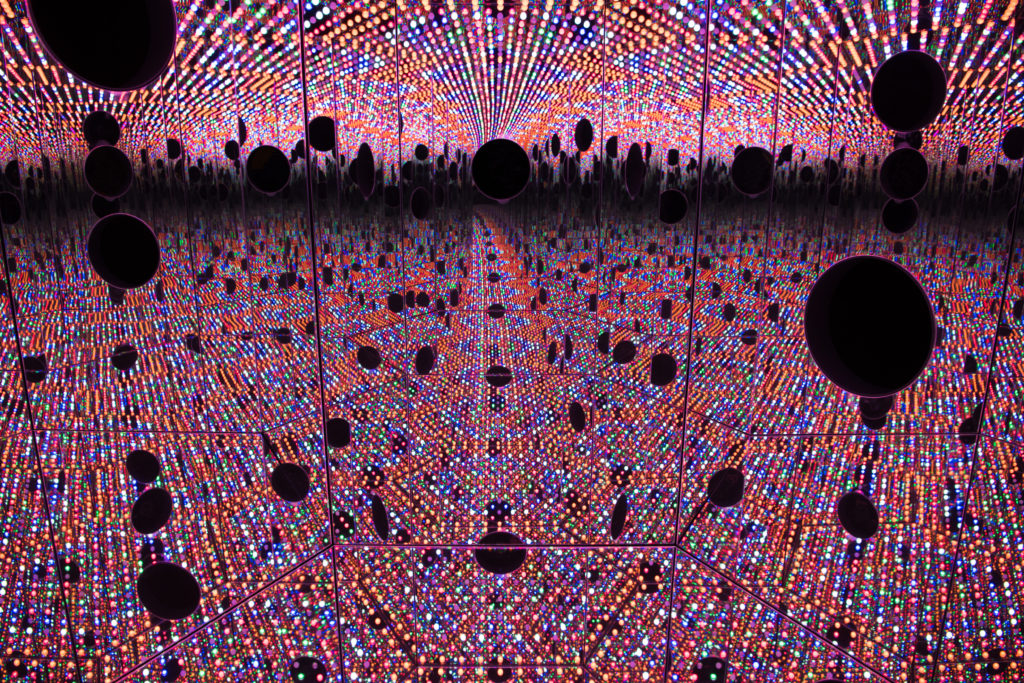
LIGHT OF LIFE, by Yayoi Kusama
Look:
Introduce Yayoi Kusama’s Light of Life by showing students this video. Share the following information about how the experience interacting with Yayoi Kusama’s Light of Life is different in person.
Use the below questions to start a conversation about the video.
The below information is to connect and extend student observations. When relevant, share the information that best supports the conversation.
Read:
Share one or both of the following books to learn about Yayoi Kusama’s life and work, and/or further explore the concept of infinity in a developmentally appropriate way.
Yayoi Kusama From Here to Infinity – This book is written by Sarah Suzuki, a curator at the Museum of Modern Art. It is about the artist’s life and her persistence in making her own creative way.
Infinity and Me – This book does a fantastic job introducing and illustrating the concept of infinity. Follow the main character as she gathers definitions from her friends and family only to discover her own understanding of infinity by the end of the book.
Make:
Students will create their own light container and make connections with Yayoi’s Kusama’s Light of Life.
Directions for Making your Light Container:
Gather your materials: an oatmeal container, rubber band, sharp tool to poke the oatmeal container (e.g. needle, thumb tack, etc.), ruler, tape, scissors, and colored cellophane, colored transparency sheets, or colored plastic wrap, and mirrored paper, mylar or heavy duty foil (cut to 6 x 10). If you use foil, you will also need a heavier weight paper like cardstock to support the foil triangle (see below).

Decorate the outside of the oatmeal container.

Poke holes in the bottom of the oatmeal container.
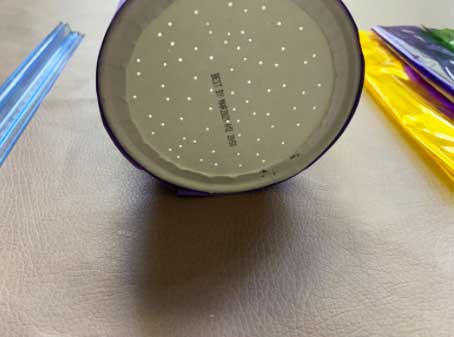
Stretch colorful cellophane, colored transparency sheets, or colored plastic wrap over the bottom of the container, secure with a rubber band.
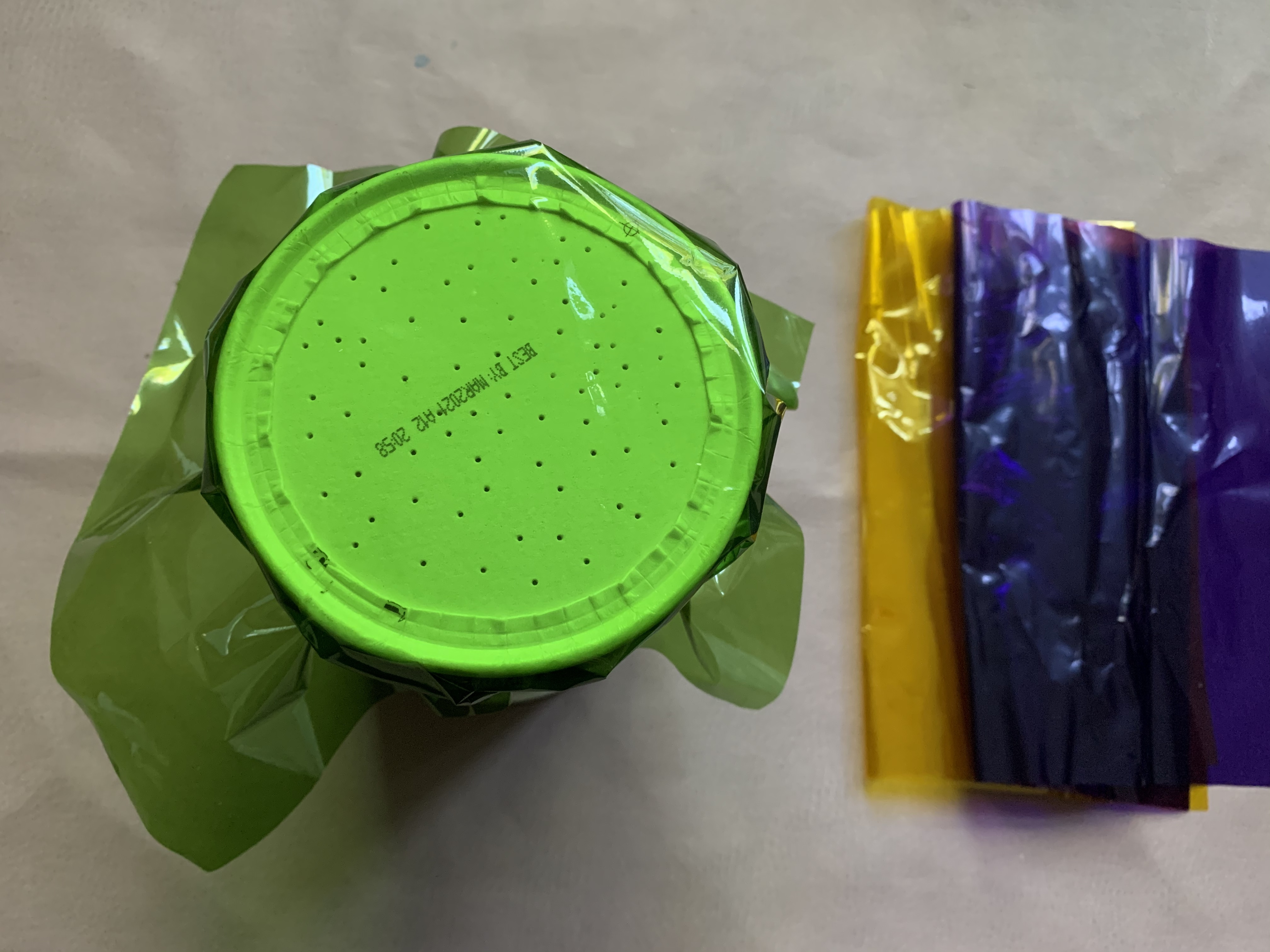
Point the container toward the light. Give each student or table a few different colors to try.
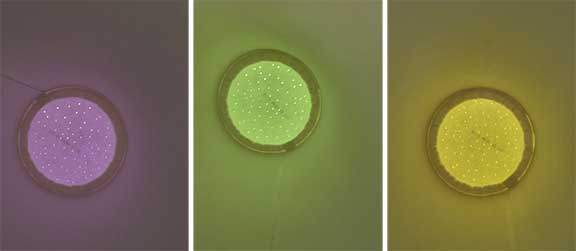
If you want to add the reflective element, cut a 6 x10 rectangle of the reflective paper. Fold the paper into thirds with the reflective side on the inside. Make a triangle and tape the edges together. If you use foil, start with a paper like cardstock, cover it with foil, and then fold the foil-covered paper into a triangle.
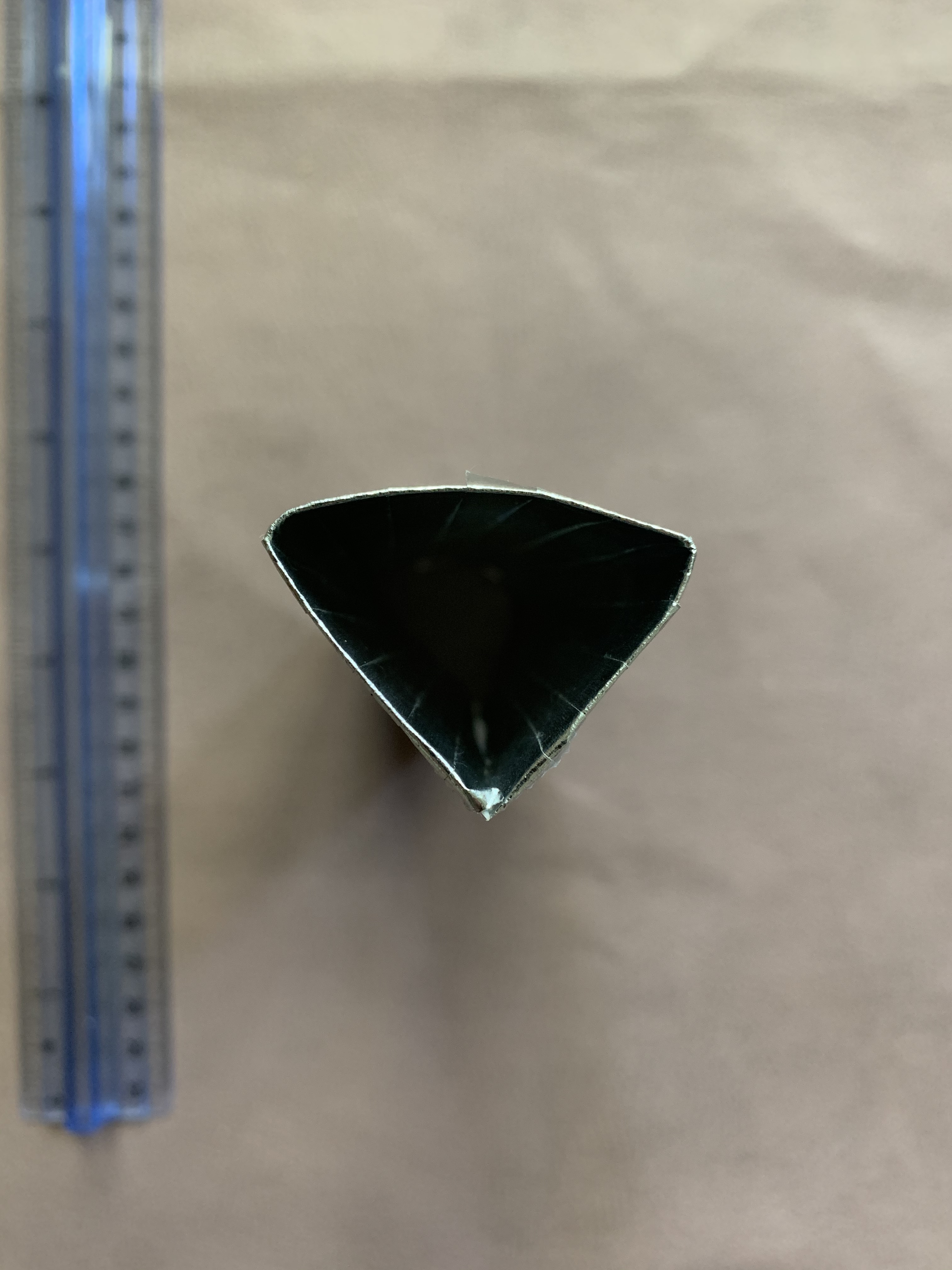
Place the reflective triangle inside the container and tape it down. Observe how the mirrored paper reflects the colored light.
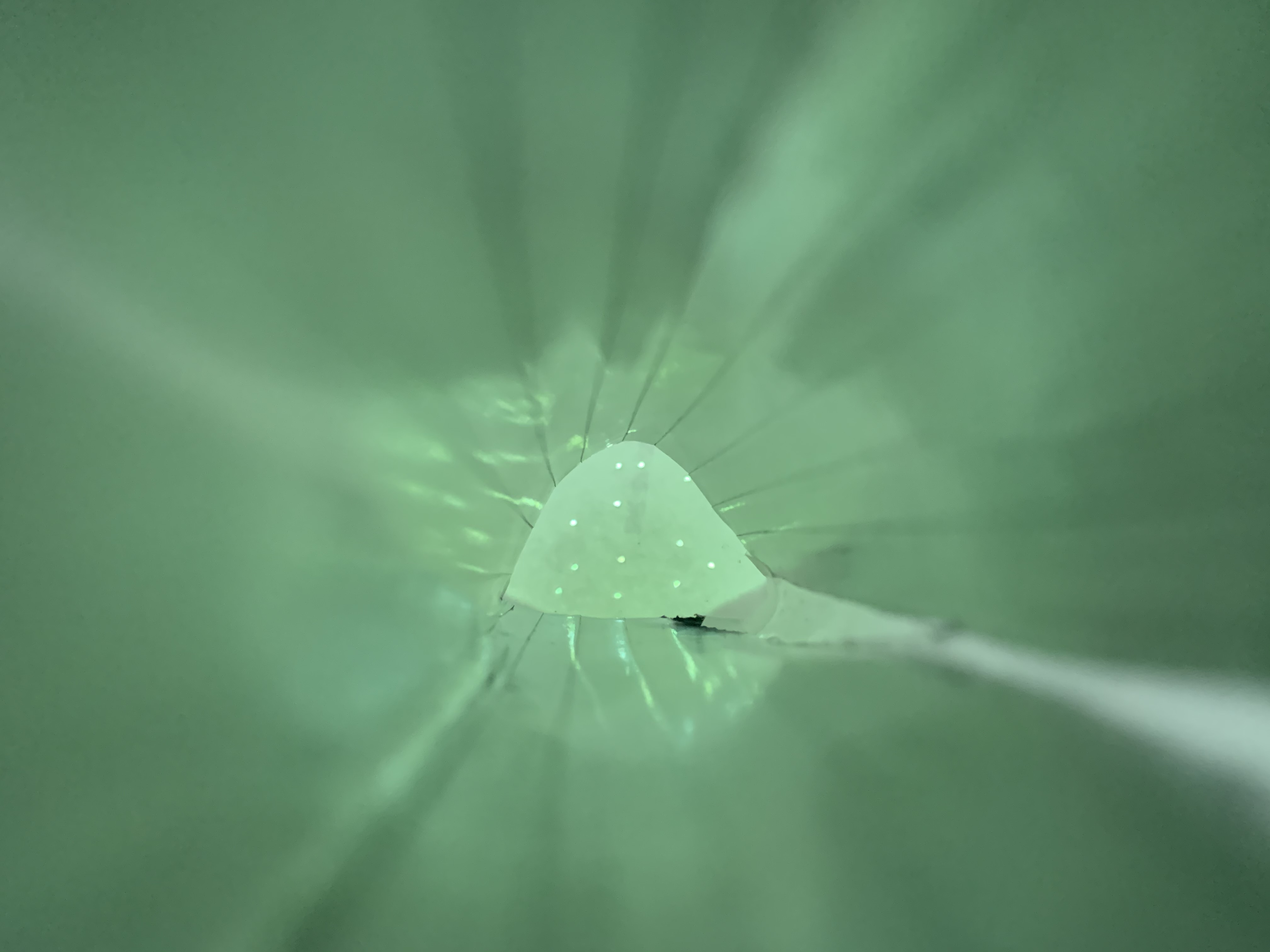
Ask students: What did you like about that experience? What connection can you make to Yayoi Kusama’s Light of Life that we discussed earlier? What was similar? What was different?
Extension Activities:
Written by Emily Perreault, NCMA Pre-K Programs Educator
Yayoi Kusama: From Here to Infinity! by Sarah Suzuki and illustrated by Ellen Weinstein
Infinity and Me by Kate Hosford and illustrated by Gabi Swiatkowska
Hi, Konnichiwa: Yayoi Kusama by Yayoi Kusama
Women in Art: 50 Fearless Creatives Who Inspired the World by Rachel Ignotofsky
Yayoi Kusama was born in Matsumoto, Japan in 1929. She had little formal...
view artistYayoi Kusama’s LIGHT OF LIFE (2018)
view video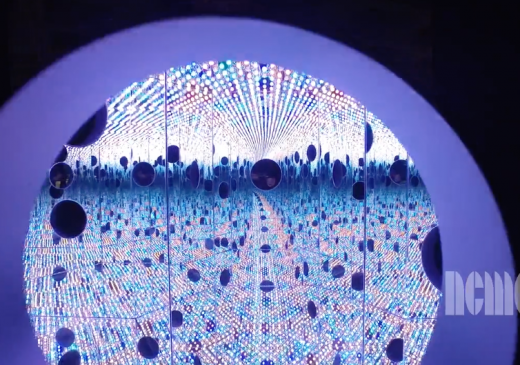
Bring some brightness into your life with hands-on activities and books for the whole family, inspired by...
view quick tip